Wow there were a lot of spawn kits available at the last meeting! Cultivation night has been organized by Jim Tunney and friends for quite a few years now and this one was pretty special. The main kit was oyster mushroom spawn in a zip lock bag. The spawn was mature and had grown over all the grain and was ready to move to Cottonseed hulls. The second kit was a freshly inoculated king oyster bag. The bag of grain was inculcated on the 14th May and was just starting to grow. Once the spawn has completely covered the grain in the bag, in a week or so time, it is ready for transferring. We will probably have some more bags of cottonseed hulls available at the next meeting so you can put them in the fridge at that point and they will be fine for a week or two. You can also use sawdust or wood pellets. Instructions for preparing the cottonseed hulls are here. Thanks to Mark Spear and Rebecca Miller for preparing the King oyster spawn.
A team of club members set up a shiitake log drilling and inoculation assembly line. I am not sure how many logs were prepared but it looked like it was over 50. Lots of people were involved with this and we thank all of them for pulling out all the stops and both organizing the assembly line, bringing all the required tools, wax and spawn and of course preparing so many logs. Also thanks to Joyce and Paul Manns for bringing some extra oak logs too.
Then there were a couple of optimal extra kits which cultivation night organizer Jim Tunney had prepared. The first was a Schizophyllum commune (Common split gill mushroom) kit culture in a plastic takeout cup. Keep the cup covered and in a damp place. After a few weeks poke a few holes in the top and the split gill should fruit.
For the adventurous there was a reishi mushroom culture on Avocado pits. You will have talked to Jim Tunney if you took one of these home
Species list entered by La Monte H.P. Yarroll.
List of species found on the walk at May 2017 General Meeting:
[icon style=”camera”] Agrocybe pediades (Hemispheric Agrocybe),
[icon style=”camera”] Ganoderma applanatum (Artist’s Conk),
[icon style=”camera”] Ganoderma lucidum (Ling Chi),
[icon style=”camera”] Hypsizygus tessulatus (),
[icon style=”camera”] Lentinus lepideus (),
[icon style=”camera”] Phellinus robiniae (Cracked cap polypore, Locust polypore),
[icon style=”camera”] Piptoporus betulinus (Birch Polypore),
[icon style=”camera”] Pleurotus pulmonarius (Summer Oyster),
[icon style=”camera”] Pluteus cervinus (Deer mushroom),
[icon style=”camera”] Psathyrella delineata (Wrinkled-cap Psathyrella),
[icon style=”camera”] Psilocybe ovoideocystidiata (Psilocybe Ovoid),
[icon style=”camera”] Scutellinia scutellata (Reddish Eyelash Cup),
[icon style=”camera”] Stropharia rugosoannulata (Wine Cap Stropharia),
[icon style=”camera”] Xylaria polymorpha (Dead Man’s Fingers)
Species not currently on clubs life list:
[icon style=”camera”] Gymnopus alkalivirens – A little brown collybia whose cap stains green in KOH — identified by Richard Jacob.
[icon style=”camera”] Ductifera pululahuana =Exidia alba – a pretty white jelly with two cool names.
[icon style=”camera”] Phallus rubicundus – a moderately pleasant-smelling stinkhorn — collected and identified by John Plischke.
[icon style=”camera”] Gymnoconia nitens (Orange Blackberry Rust) — Thanks to Adam Harrington for identifying the blackberry leaves.
Comments:
The cultivation meeting always draws a crowd.
Fungal diversity was not great, but we saw several rare or rarely-identified species.
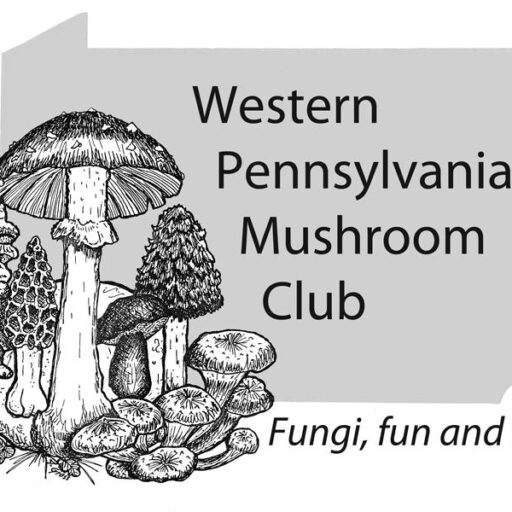
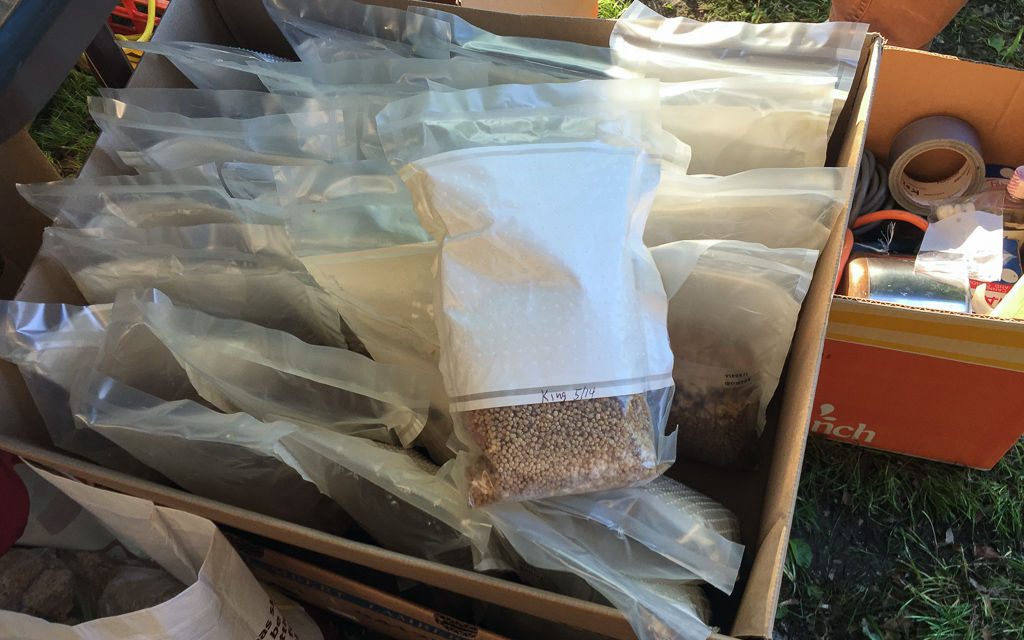

























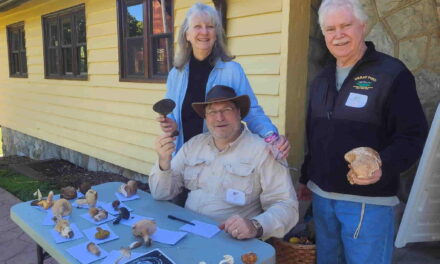
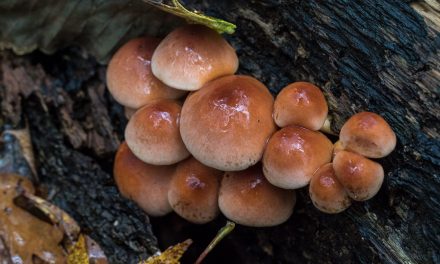
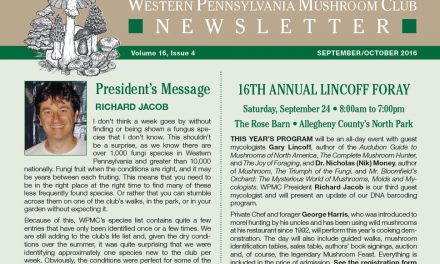
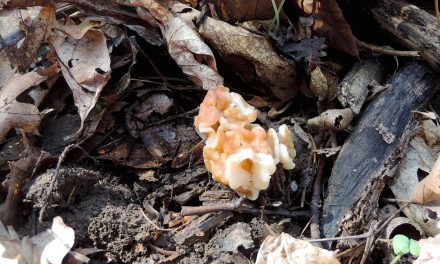

Would like to buy a bag and learn how to start a spawn
We don’t sell the spawn and I’m sorry but if you missed the meeting you have missed the spawn giveaway too. Our friends at Smugtown mushrooms do sell kits localized to our area.
A couple of the black souffle cups that contained the Schizophyllum commune kits that I took home with me have started to fruit. This is after I melted a couple of holes in them. The fruit bodies are not forming where the hole were melted. I took the lids off and am keeping them in a plastic bag that I sprayed the inside of the bag lightly with water and the fruits are developing nicely.